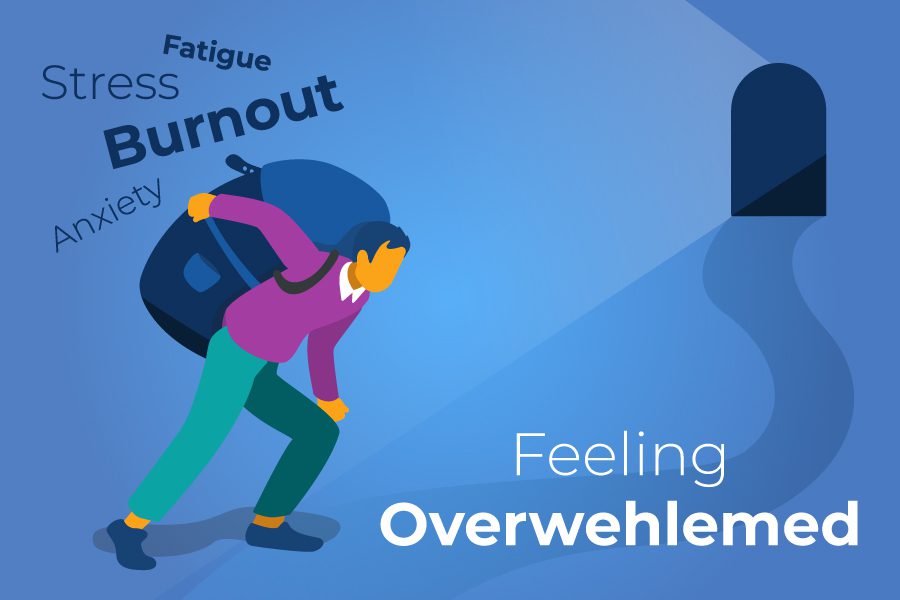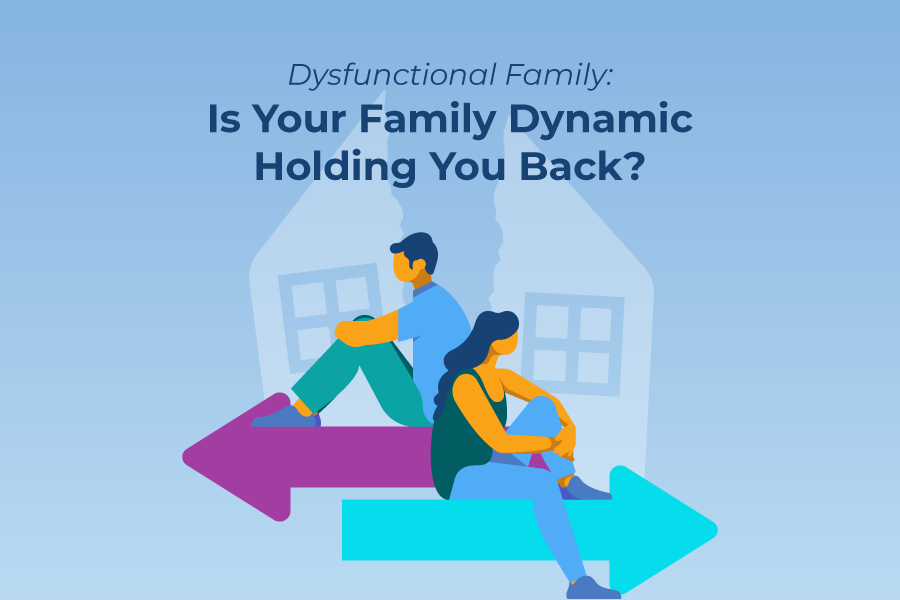Often the language around substance abuse and addiction is very black and white – you are either “on” or “off” the wagon, “clean” or… “dirty”? While this kind of language can create a sense of clarity or simplicity, it can also miss a lot of nuances and have unintended consequences. While a person may not be entirely substance-free, there is certainly a difference between having a drink every day versus using heroin daily. Yet in the binary definition of sobriety, neither are “clean,” both are using.
For some people, it can be helpful to look at overcoming challenges with substances as more of a process and less of a binary. The Stages of Change model is one such way of viewing any process of change, including teen substance use and abuse. The model acknowledges that making a change with regards to substance use and addiction begins well before the first day of abstinence and that the likelihood of sustaining a change is not a mystery or a miracle, but a result of a long process as well.
The Stages of Change (adapted from Prochaska and DiClemente)
- Pre-contemplation
A person is unaware of a problem and has no intention to change yet. Someone in this stage may believe that others are the problem.
-
Contemplation
A person is aware of a problem and is considering making a change. They are likely still weighing the pros and cons of changing or not changing a behavior. They may not yet have the motivation to change, or conversely may want to change but doubt whether they have the means or ability to change.
-
Preparation
The decision to change has been made, now the person is preparing to successfully execute the change. This may include seeking professional help, identifying and eliminating obstacles to change, and otherwise setting themselves up for success. If a person were trying to lose weight, this could look like joining a gym, getting the junk food out of the house, and establishing a workout schedule. For someone that has decided to stop smoking marijuana, this may look like notifying friends of their intention, throwing out paraphernalia, and/or entering a substance abuse treatment program.
-
Action
Active change in the behavior. The intention is put into action. At this stage a person may be “white knuckling it”: the change is still new and not yet second nature.
-
Maintenance
Sustained change. A new behavior replaces the old behavior. The person’s lifestyle sustains and supports an ongoing change.
-
Lapse / Relapse
A person falls back into an old pattern of behavior. Not every change includes a lapse or relapse, but it is not uncommon for this to be part of the change process. This does not necessarily represent a return to “square one.” It may indicate that a person needs to return to an earlier stage of change – perhaps the pros and cons of change need to be revisited to strengthen motivation. Perhaps the desire for change is still present but the preparation was insufficient. In the example of a person losing weight, perhaps they need a workout buddy for accountability, a trainer, or a different diet plan. In the example of a person trying to quit drinking, it may be that they thought they could simply quit, and must re-evaluate whether they need professional help.
If your loved one is embarking on the process of change, you may feel helpless – if they need to go through these stages, where do you and your desire for them to change come in? In fact, you may be in your own process of change with regards to your loved one. Perhaps you begin in pre-contemplation – this is their problem and has nothing to do with you. You may then realize that by protecting your loved one from the consequences of their behavior, you are contributing to the problem. You may have to explore the reasons for continuing to protect them, get professional help in modifying your own approach and find a community of people dealing with the same situation to support you in maintaining your own change in behavior. In fact, there are many avenues in which you can engage in your own process of change, as well as support your loved one – perhaps you help in preparation by helping them research young adult drug treatment programs, or help them move through contemplation by making it less comfortable to use.
Some Questions to Consider:
- Is there a change that I am contemplating?
- Do others tell me that I have a problem or need to make a change, even if I do not agree?
- Have I fully considered the pros and cons of a change I am considering?
- If I have committed to making a change, do I have a plan in place that is likely to succeed or supported by evidence?
- Who will support me in making this change?
- What will I need to adjust to make this change an integrated part of my lifestyle?
- What is my plan to address lapses and setbacks?
You Don’t Have to Make the Change on Your Own
Not sure if your teen has a drug problem? Wondering if your young adult needs rehab or treatment? Call Sandstone Care’s knowledgeable and caring team. We take a non-judgmental approach to help you determine whether a change is right for you and your family. We have teen residential rehab and young adult treatment centers located in Colorado, Virginia, and Maryland.







